It’s absolutely silent and often left you to feel helpless when diagnosed all of a sudden in an advanced stage. Until one suffers from sudden weight loss, poor appetite, swollen ankle, itchy skin, tiredness, difficulty in breathing, etc, we never take kidney disease seriously. For most people, chronic kidney disease (CKD) is diagnosed in stages 3 -5. Why? Thanks to our “modern” lifestyle and lack of regular health checkups.
The overall kidney function is assessed by glomerular filtration rate (GFR). The normal GFR of an adult is between 90-120 ml/ minute. When GFR falls below 60 ml/ minute it needs medical attention. Apart from GFR, kidney damage can be assessed by USG/ CT scan, urine abnormality like the presence of blood and/ or protein (albumin) in urine, etc.
Always remember you are not alone. Millions of patients worldwide are suffering from various degrees of kidney problems. But now what? Once it’s confirmed, the first thing that is non-negotiable is fixing your diet. Yes, a well-planned diet along with medical treatment is essential. Let me give you detailed step-by-step guidance on the Indian diet for kidney patients who are not yet on dialysis.
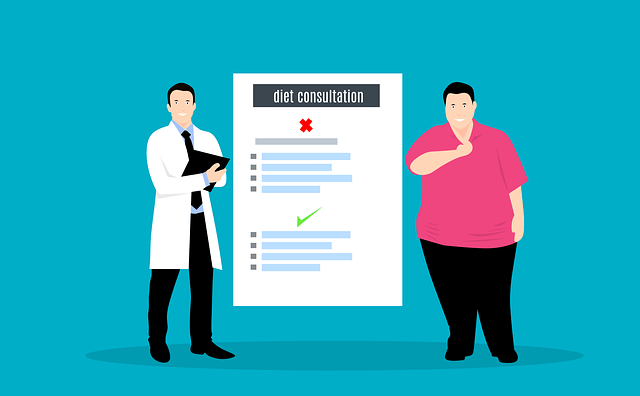
Why a planned diet is a must for chronic kidney disease (CKD) patients?
Your kidney is not functioning in its optimal capacity. Therefore the kidneys cannot excrete the metabolic waste products, cannot balance electrolytes and fluid in your body.
On the other hand, kidney disease is a catabolic disease that means it demands more energy. Therefore you need a high-calorie diet.
So to maintain this balance, you need a specific high-calorie diet that will optimize the metabolic waste generation, balance the electrolyte and fluid.
Let’s get one thing straight. Chronic kidney disease is not reversible in nature. But you can put on hold its progression with proper diet planning.
A balanced diet for CKD patients depends on multiple factors –
- The stage of the disease
- If on dialysis, type of dialysis chosen (hemodialysis or peritoneal dialysis)
- Other co-morbidity (presence of diabetes/ hypertension or other diseases)
- Height and weight
- Activity level
- Stress factor
- Urine output
Indian diet for chronic kidney patient not on dialysis –
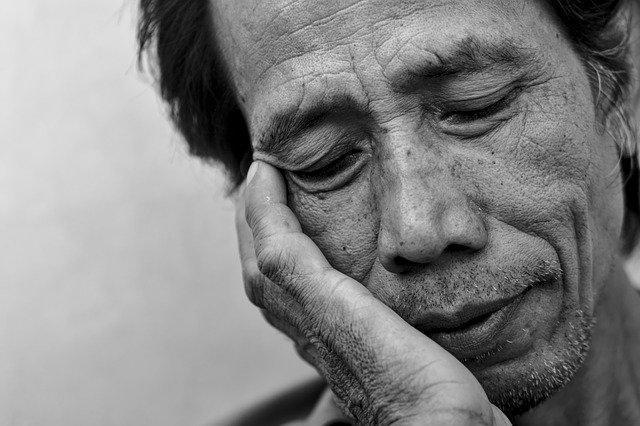
Avoid having dal and milk products. Don’t consume fish, egg. Don’t drink much water. You can’t have banana/ mango. If I am not wrong, you have already started receiving numerous diet advice from everyone. But the question is what can you have? How much of a particular food is safe?
Your daily nutrition is all about meeting the need for calorie, macro (carbohydrate, protein, fat), and micro (vitamins, minerals) nutrients by balancing metabolic waste, electrolytes, and fluid. Let’s get into the details one by one.
How much energy from diet you need?
As mentioned earlier, chronic kidney disease is a catabolic disease that increases the demand for energy. If proper energy requirements not met, then rapid weight loss, loss of body fat, and muscle are observed very often.
Generally, CKD patients already suffer from a lack of appetite. On top due to a lack of proper dietary guidance, patients often randomly start restricting food. Result? More and more weight loss and muscle wasting, build-up of nitrogenous products (azotemia), increased creatinine level, etc.
So, what to do?
Please note, being a CKD patient estimation of daily calorie need is essential. A daily deficiency or excess of even 300-500 kcal makes a huge difference in the condition of the patient. So do not make the mistake of following a diet template of 1600 kcal or 1800 kcal just based on your assumption.
Your requirement of daily calorie depends on your –
- ideal body weight
- activity level
- degree of illness.
A formula like Robinson’s Equation, Harris-Benedict Equation, etc is used to calculate your ideal body weight, and further based on the degree of illness and your activity level total energy requirement is estimated. A sufficient amount of carbohydrates, a measured quantity of protein, and quality fat are a must in your daily diet to fulfill the supply of your energy need.
How to pick the right Protein for CKD patient –
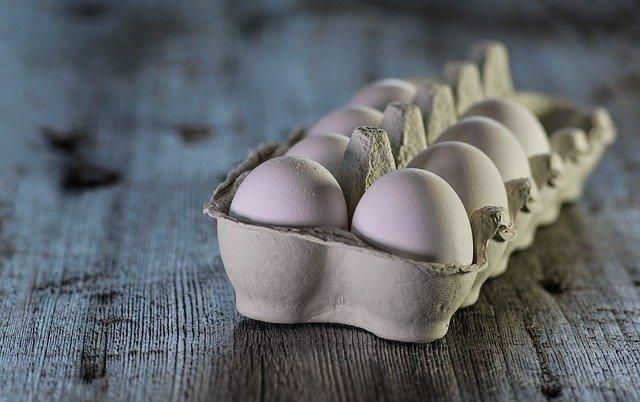
Our body is constantly in the make and break mode. Dietary protein is essential for the body’s growth, maintenance, and repair.
People believe that consuming more protein will help to increase muscle mass. However, in reality, our body is skilled enough to recycle the amino acid reducing the nitrogenous waste for its maintenance.
In chronic kidney disease, your kidneys are already struggling to function properly. The glomerulus (microscopic filter) filtration rate drops causing less urine output and accumulation of metabolic waste products in the body.
Under this situation, a high protein diet will–
- accumulate waste products in blood
- Increase intra glomerular pressure which can cause damage to glomerular structure and lead to aggravate the CKD.
- Increase proteinurea
- Increase blood pressure
- Increase the severity of acidosis
Therefore protein-restricted but proper calorie providing diet is advised for advanced CKD patients to prevent malnutrition, maintain the ideal body weight, normal serum albumin and electrolyte values.
Table 1: How much of protein is safe for CKD patient not on dialysis –
| CKD stage | Glomerular Filtration Rate (GFR) | Quantity of protein advised | Quality of protein advised |
| 2 | Above 55ml/min | 0.8g/kg /day | 60% of high biological value (HBV) protein |
| 3-5 | Between 25-55 ml/ min | 0.6 g/ kg/day | 60% of high biological value (HBV) protein |
| Below 25 ml/min | 0.3g/kg/day | Vegetable source of protein with supplemented with a similar amount of mixture of amino acids and keto analogs (nitrogen-free essential amino acids used in conjunction with a very low-protein diet) |
|
Reference – NKF KDOQI (The National Kidney Foundation Kindney Disease Outcome Quality Initiative)
Patient with CKD and diabetes are generally recommended a diet having protein 0.8 g/kg/day.
As per the table above it’s clear that having chronic kidney disease does not mean you have to stop consuming protein. Rather you need to fix the quantity as per your GFR value. Well, a planned diet can help you to suggest an adequate amount of protein as per your preference.
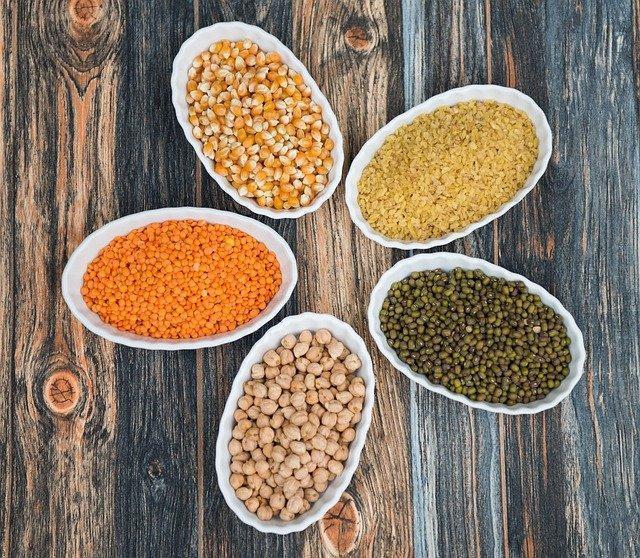
Protein for vegetarian with CKD –
Don’t think being a vegetarian you are missing on quality protein. Yes, it’s a fact that animal protein has a high biological value. But it is also evident that a vegetarian diet has its benefits to treat CKD.
Plant protein has been found to be beneficial for the following reason –
- Reduce protein in the urine
- Reduce kidney tissue damage by slowing the decline in glomerular filtration rate
- Improve the lipid profile of blood
Protein, phosphorous and potassium –
No, choosing the right protein source is not that simple in the CKD diet. The other major setback for CKD patients is that their bodies cannot flush out the phosphorous and potassium well. A high level of phosphorous leads to the influence of the parathyroid hormone to pull calcium from your bone in order to fix the disturbed balance. Result? The bones started becoming weak.
Apart from this, high potassium accumulation may lead to metabolic acidosis, breakdown of RBC (hemolysis), breakdown of muscle, uncontrolled diabetes, and also put your heart health at risk.
What a mess right? The bad news is phosphorous and potassium are found in protein-rich foods. Therefore it’s not only about controlling the protein intake but also to choose the low phosphorous and potassium-containing protein source for a double in fact triple protection.
Let’s start with phosphorous. Phosphorous can get into your body in 3 ways –
- Organic phosphorous present in plant (eg- phytates present in dal ) – absorbed partly in our body
- Organic phosphorous present in animal protein (eg- casein present in milk) – absorbed well in our body
- Inorganic phosphorous (eg- additives in processed foods) – high absorption rate
Table 2: Pick your protein right with low phosphorous –
| Foods to Avoid Protein rich phosphorous rich food (>500mg/100g) |
Foods to limit Protein-rich medium phosphorous food (201-500mg/100g) |
Foods to consume Protein rich low phosphorous food (<200mg/100g ) |
| Fish like Bhola, Boal, Small, dried Shrimp, Singi, Seafood, Fish roe | Fish like Beley, Bhetki, Dried Prawn, Hilsa, Katla, Koi, Magur, Pabda, Puti, Pomfret, White prawn, Folui, Fresh Khoyra |
Fish like Bata, small varieties of crab, Rohu, Sarputi, Sole, Fresh Tengra |
| Organ meat – liver, processed meat – sausage, salami, hot dog | Beef meat, Duck, Duck egg, Egg (hen), Fowl, Chicken | Lean goat meat |
| Bengal gram, Black gram, Cowpea, Green gram, lentil, boiled soybean |
Green peas | |
| Cheese, Khoa, Skimmed milk powder, Whole milk powder | Curd (Buffalo milk) | Cow’s milk, Goat milk, Buffalo milk, Curd (Cow’s milk), Chena (Cow’s milk) |
Reference- Art of living with kidney disease, 2nd Edition, Dr. Pritam Sengupta, current books international
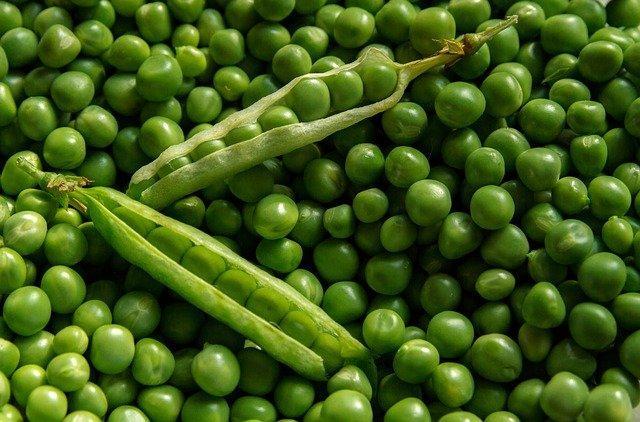
Table 3: Protein and potassium content –
| Protein-rich food with the high potassium content (>200mg/100g) |
Protein rich food with low potassium content (<100mg/100g) |
| Bengal gram, Green gram, Lentil, Dry peas, Red gram, Horse gram, Cowpea | Green peas |
Reference- Nutritive value of Indian foods, C gopalan,2016, National Institute of Nutrition
Cooking tips to reduce potassium content in food –
- Potassium is heat sensitive. Common Indian cooking methods like boiling, pressure cooking, etc helps to reduce the potassium content of the food markedly.
- Long cooking time also helps to reduce the potassium content
- Soaking is also very effective to reduce the potassium of the food.
- Well soaked and well-cooked dal (any type), soybean, tofu is a good choice for vegetarian suffering from CKD
How to pick the best source of Carbohydrate –
In the CKD diet, protein is restricted for better preservation of kidney function. For maintaining heart health, fat is also advised in moderation. But don’t forget the calorie requirement is often high. Therefore the only way to provide calories is from carbohydrates.
But as you have probably already understood that life is not that simple especially for CKD patients with diabetes. The inclusion of complex carbs is the only choice for such cases.
Don’t forget phosphorus and potassium are still a matter of concern in case of choosing the carbohydrate source.
How to pick the best grain for supplying adequate carbohydrate –
Table 4: Potassium content and carbohydrate rich foods –
| Foods to Avoid Carbohydrate rich potassium rich food (>200mg/100g) | Foods to limit Carbohydrate rich medium phosphorous food (101-200mg/100g) | Foods to consume Carbohydrate rich low phosphorous food (<100mg/100g ) |
| Bajra, Dry maize, Ragi, Whole wheat | Jowar, Maize, Rice flakes, Refined wheat flour, Vermicelli (Wheat), Oats , Quinoa | Semolina, Rice, Buckwheat |
Reference- Nutritive value of Indian foods, C gopalan,2016, National Institute of Nutrition
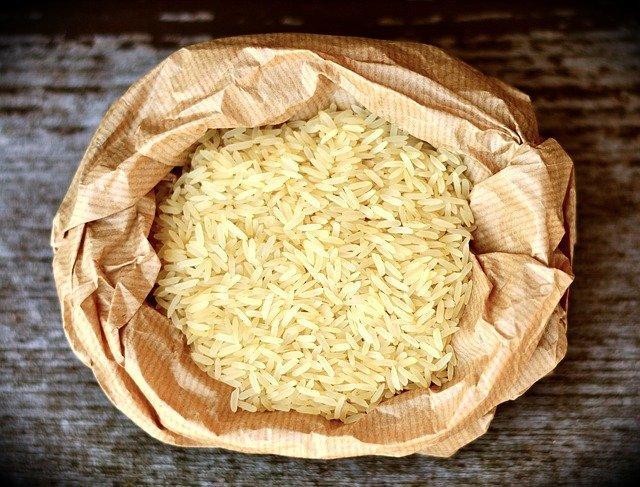
Table 5: Phosphorous content and carbohydrate rich foods
| Carbohydrate-rich high phosphorus food (>500 mg/100g) |
Carbohydrate rich medium phosphorus food (201-500mg/100 g) | Carbohydrate rich low phosphorus food (<200mg/100g) |
| Rice bran, wheat germ | Bajra, barley,jawar, oats, dry maize, ragi, parboiled rice, hand pound rice, atta | Tender maize, puffed rice, maida, suji, buckwheat |
Reference- Nutritive value of Indian foods, C gopalan,2016, National Institute of Nutrition
Whole grains are comparatively high in phosphorous content. Therefore maida is safe than atta for CKD patients. Similarly instead of steel-cut oats or brown rice or millets, rolled oats, white rice and its products are better choices.
As staple cereal rice, rice products are safe choice for CKD patients.
However stay away from all kinds of ultra processed packaged breakfast cereal, instant noodles, instant pasta, etc. Don’t forget that these foods are loaded with refined sugar, refined cereals along with many types of food additives and preservatives which can be dangerous for a CKD patient.
How to choose the best fat sources for CKD?
Fat metabolism gets altered in CKD patients. The very low-density lipoprotein (VLDL) and Low-density lipoprotein (LDL) are increased whereas high-density lipoprotein level drops. In short, it’s the exact opposite situation that one should ask for better heart health. Therefore moderate intake of good quality fat is something repeatedly advised.
Unrefined oil, cold-pressed or kacchi ghani oil is the best choice for regular cooking. Avoid consuming ghee, butter, and fried foods.
Nuts and seeds are very good source of good fat. However few are also high in phosphorous, and if salted then also high in salt/ sodium.
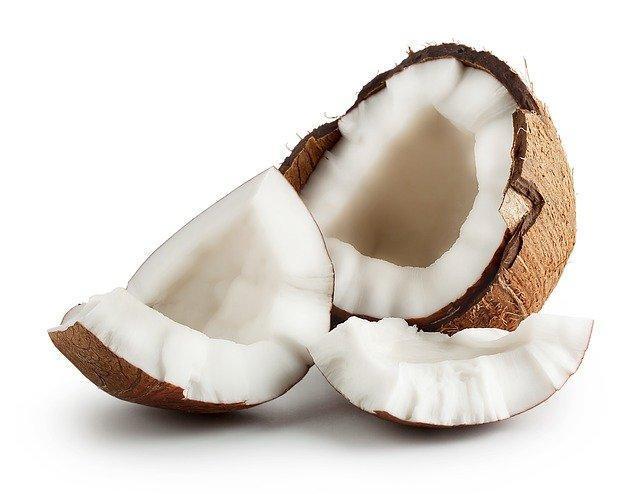
Table 6: Nuts and oil and their phosphorous content –
| Medium phosphrous content (201-400mg/100g) |
High phosphorous content (>400mg/100g) |
| Coconut dry and fresh, groundnuts, walnut, niger seeds | Almond, Cashew, watermelon seeds, garden cress seed, pistachio, sunflower seed, |
Reference- Nutritive value of Indian foods, C gopalan,2016, National Institute of Nutrition
Avoid consuming any type of ultra processed and packaged foods as they contain refined oil, hydrogenated or partially hydrogenated fat, trans fat etc along with many artificial additives and preservatives.
Why and how to control Fluid/ Water?
The major function of the kidney is to balance the fluid in our body. When the kidney fails to perform. Fluid starts accumulating in the body which is called fluid overload. This can cause high blood pressure, swelling of the ankle and slowly the swelling spreads out to the other body parts. If not treated on time then eventually settle in the lungs causing a life-threatening condition called pulmonary edema.
If you restrict fluid intake too much then the kidney will not get adequate substrate to remove the waste products causing an increase in urea, creatinine in the blood.
Therefore fluid balance is a must for CKD patient.
Table 7: Inflow outflow of water
| Source of intake of fluid | Source of output |
| Drinking water or other fluid like juice/ buttermilk/ milk etc | Urine, sweat, respiration, stool |
It is absolutely necessary to maintain fluid intake-output chart keeping the data like-
- 24 hrs fluid intake
- 24 hrs Urine output
- Bodyweight
- Blood pressure
Based on urine volume and blood pressure reading the fluid intake should be decided for the next day.
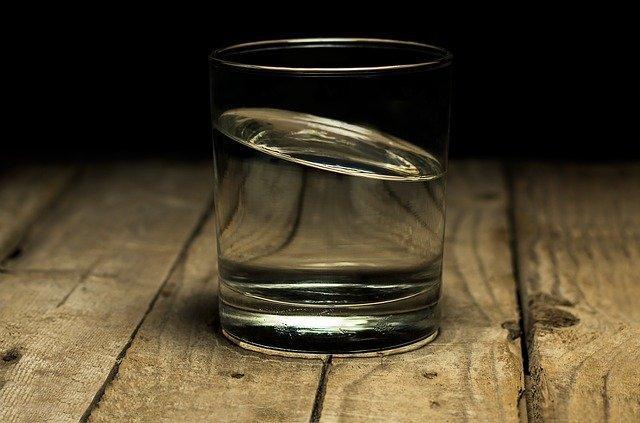
How to control the thirst?
Most of the CKD patients from hot humid climates often complain of excess thirst. CKD patients with diabetes suffers even worst. Try these home remedies to feel better –
- Use mouthwash or frequently brush your teeth
- Chew chewing gum
- Limit consuming sodium containing foods and spicy food
- Try drinking cold beverages instead of a hot one
- Sip on your drink, try to keep the fluid in your mouth for longer
- Try licking ice
- Use small cup
Why salt restriction is needed?
All the additional salt that we consume on a daily basis is being balanced by kidney. Needless to say, when kidney fails to perform, the extra salt can back fire the health dangerously.
Control of blood pressure is a must for CKD patient. As the GFR declines with time salt restriction is the only way to bring some balance.
Our table salt is nothing but sodium. Extra sodium (read salt) will cause –
- Water retention
- High blood pressure
If you have read carefully till here, you know how critical is both the situation for a CKD patient.
How to control sodium intake –
- No packaged, ultra-processed food or canned, bottled food anymore. Salt and sugar both are used in high concentrations for preserving the foods.
- Choose fresh fruits and vegetables. Frozen fruits are also generally low on sodium
- Read the food label
- No salty tasty foods anymore
- Do not add table salt while eating and use as little as possible for cooking
Foods that you must avoid to control sodium intake are –
- Baking soda, baking powder
- Sauces, salad dressing (tomato sauce, chili sauce, soy sauce, fish sauce, oyster sauce, etc)
- Cured meat and fish
- Cheese (parmesan, blue, feta, etc)
- Pickles (any type)
- Instant soup, instant noodles, instant pasta, instant oats
- Roasted and salted nuts and seeds
- Readymade/ packaged snacks like salted popcorn, sesame sticks, salted peanut
- Any fast food
- Canned vegetables
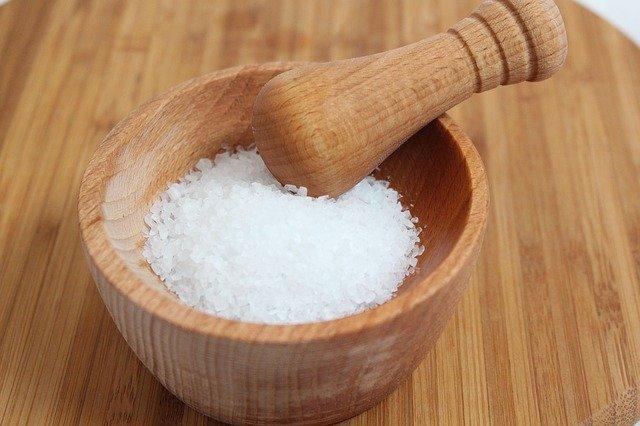
How much salt is allowed?
Being a CKD patient one must not consume more than a teaspoon (5-6g ) salt per day. Sodium must be restricted to <2g /day.
Why not low sodium salt?
Low sodium salt which is available in the market contains a high amount of potassium. High potassium is dangerous for CKD patients.
How to pick vegetables and fruits in the CKD?
Vegetables and fruits are essential to meet the supply of micronutrients (vitamins and minerals). The vitamin and most of the mineral requirements of a CKD patient are just like any normal adult. However as mentioned earlier you must restrict your dietary supply of sodium, potassium, phosphorous. I have already explained how you can restrict sodium and phosphorous in detail above.
Potassium is needed for controlling your nerve and muscle functions. The kidney helps to keep the potassium level in control. But once kidney function lacks potassium starts getting accumulated in the body. This hampers the normal activity of your heart. So limit your potassium intake.
As mentioned before, accumulation of potassium may lead to –
- Metabolic acidosis
- Break down of RBC – haemolysis
- Breakdown of muscle
- Uncontrolled diabetes
The biggest supply of dietary potassium comes from vegetables and fruits. Potassium is heat sensitive. Therefore thorough cooking helps to reduce the potassium content of vegetables. Since you can’t cook the fruits, one should be very careful on choosing the right fruit
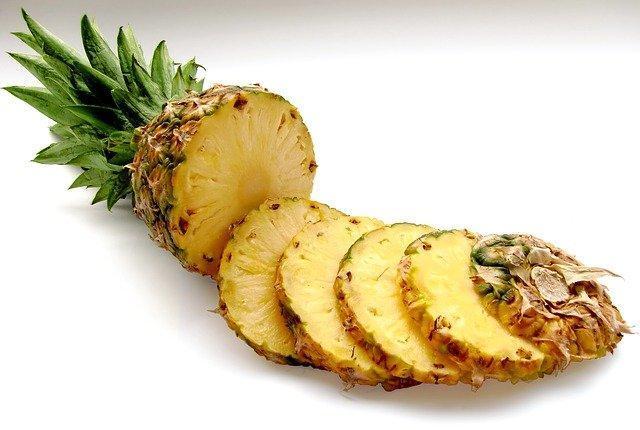
Table 8: The list below will help to pick the best vegetables and fruits for the CKD patients –
| High Potassium (>200mg/100g) |
Medium potassium (101-200mg/100g) |
Low potassium (<100mg/100g) |
|
| Roots and tubers | Potato, Sweet Potato, Yam | Carrot, onion, white radish | Beetroot, Pink radish, |
| Green leafy vegetables | Amaranth, coriander, drumstick, spinach | Methi | |
| Other vegetables | Drumstick, jackfruit, green papaya | Bitter gourd, brinjal, cauliflower, French bean, lady finger, plantain flower, green tomato, cabbage, broccoli | Bottle gourd, broad bean, cucumber, mango green, parwal, snake gourd, tinda, ridge gourd |
| Fruit | Beal, apricot, red cherries, lemon, sweet lemon, ripe mango, musk melon, sapota, plum, peaches, Coconut water | Lichi, sweet lime, watermelon, pomegranate, ripe tomato. | Apple, ripe banana, guava, orange, ripe papaya, pear, pineapple,grapes, |
Reference- Nutritive value of Indian foods, C gopalan,2016, National Institute of Nutrition
Cooking tips to reduce the potassium content of food –
- Boil the vegetables with excess water for 1 minute and discard the water. This blanching technique will immediately reduce the potassium content of the food.
- Beside this boiling, pressure cooking methods work best to minimise the potassium content
Attention –
Renal diet is one of the most challenging diet. You may need a qualified renal nutritionist for personalized diet plan.
Why? A meticulous renal diet planning involves the following steps –
- General nutritional assessment, muscle survey, fat survey, body composition analysis, malnutrition inflammation score, protein-energy wasting score
- Clinical assessment and stratification of disease stage
- Blood biochemical parameter analysis
- Calculation of normalized protein, nitrogen assessment, estimation of protein catabolic rate
- Patients dietary and activity recall (at least for the last 3 days)
Bottom line –
Adequate calorie, restricted protein, phosphorous, sodium and potassium diet is what you need at this time. Eat mindfully. Eat well.
Adopting a healthy lifestyle is no more an option but a MUST for you. Controlling blood sugar and blood pressure is mandatory. Try to stay active throughout the day. Engage in some form of exercise that suits your condition. It could be as basic as going for a short walk/ jog/ run etc. Pay attention to your sleep quality. It’s necessary to heal your body. Deep sleep for 6-8 hrs is non-negotiable. Manage your stress. If needed take the help of an expert. Bring discipline into your daily routine. You can still make a difference. All the best.

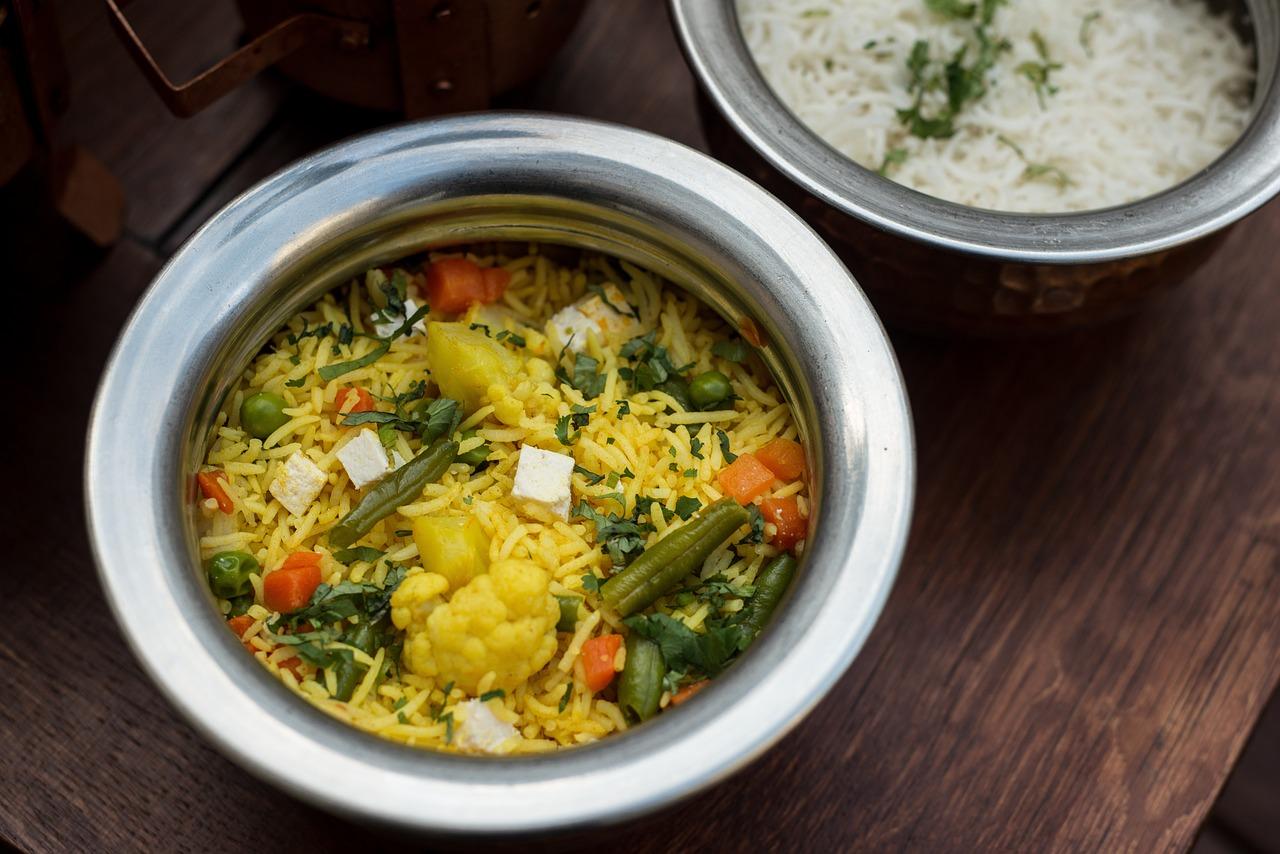
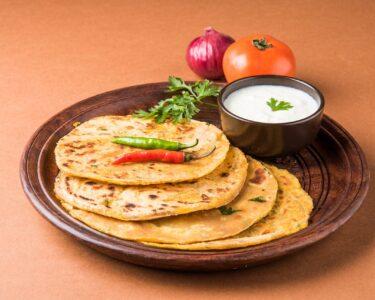
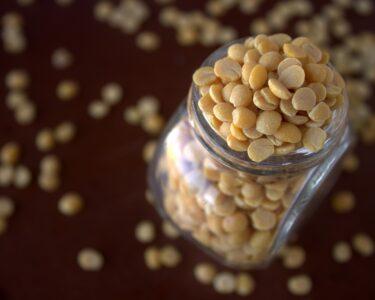

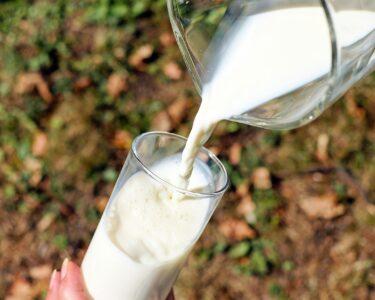
12 Comments